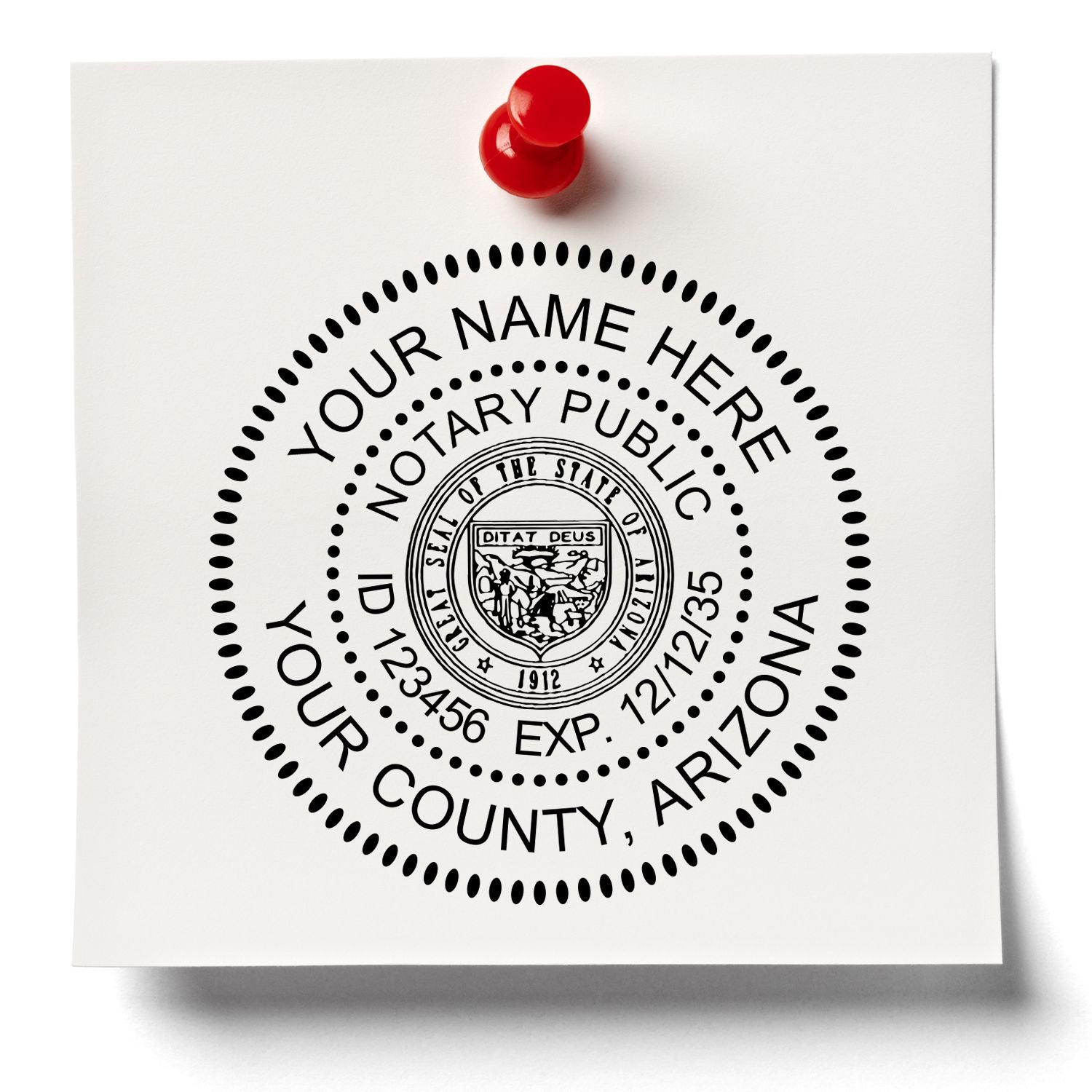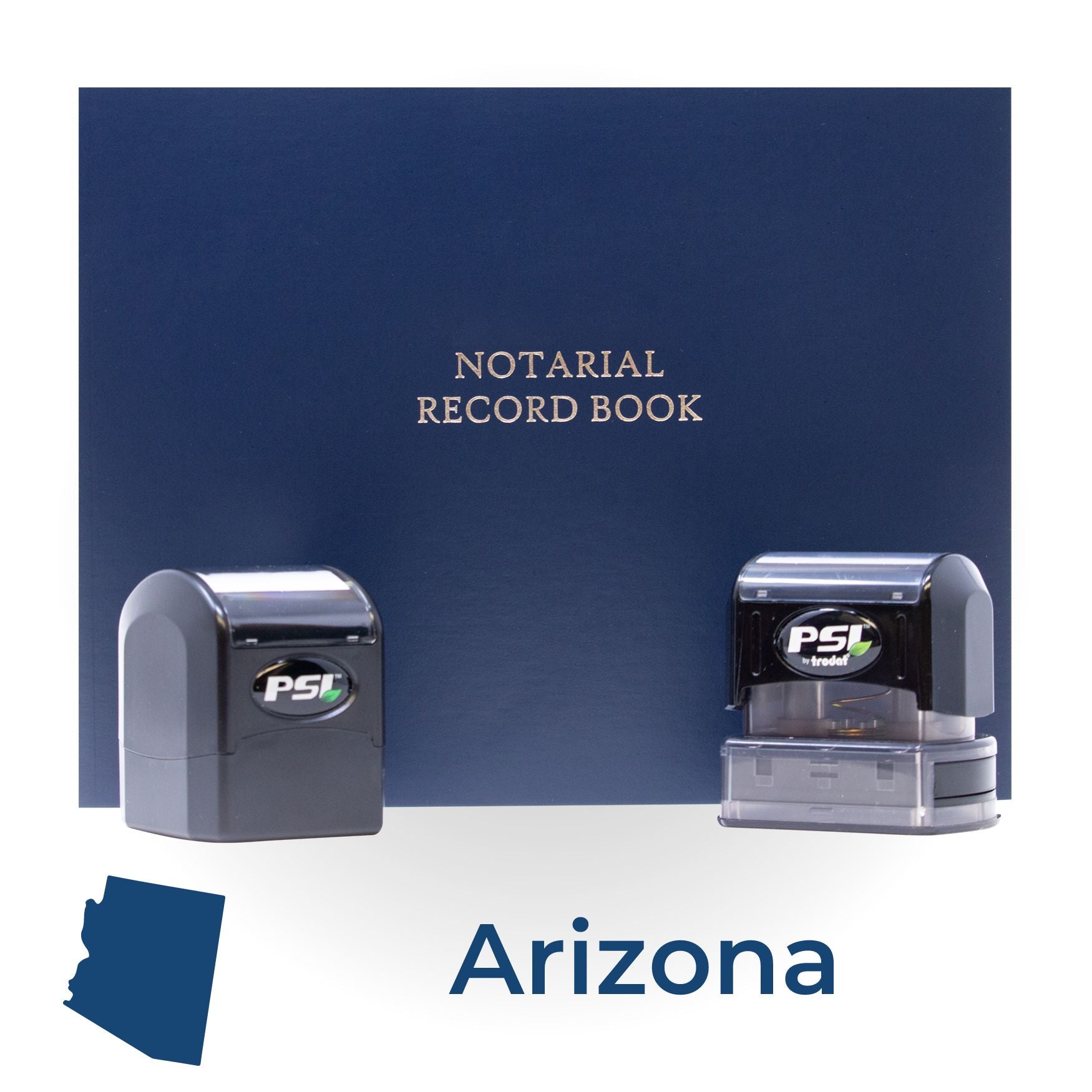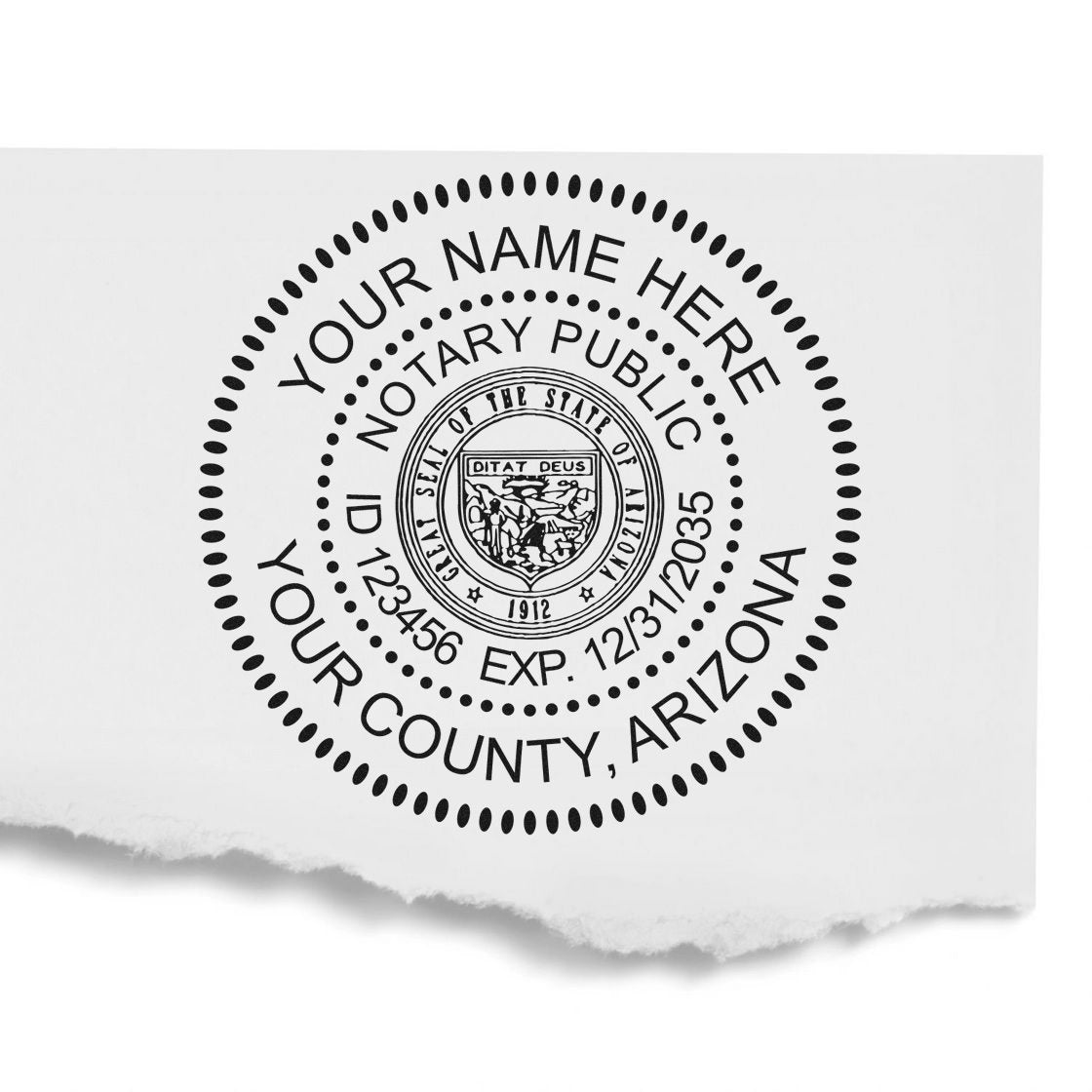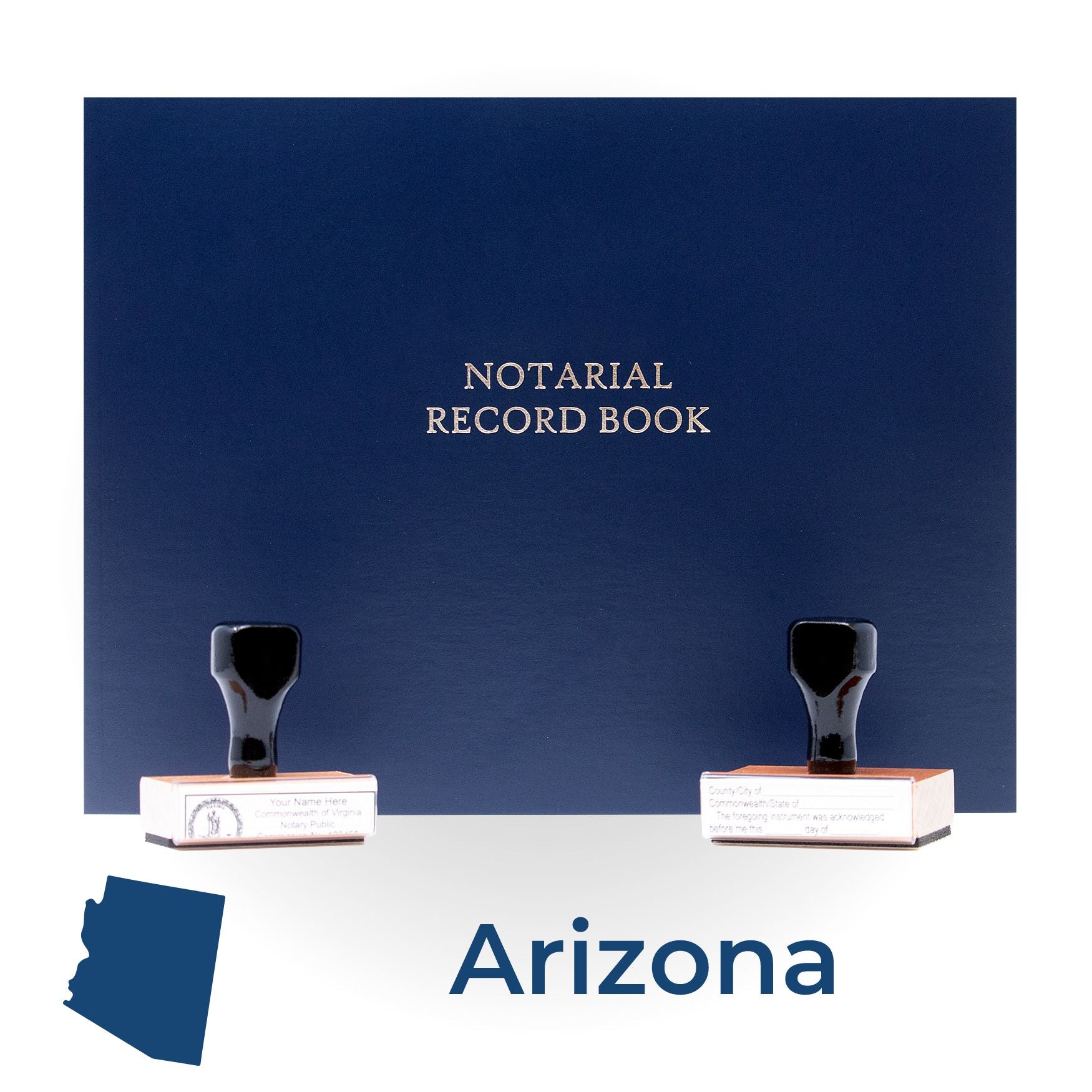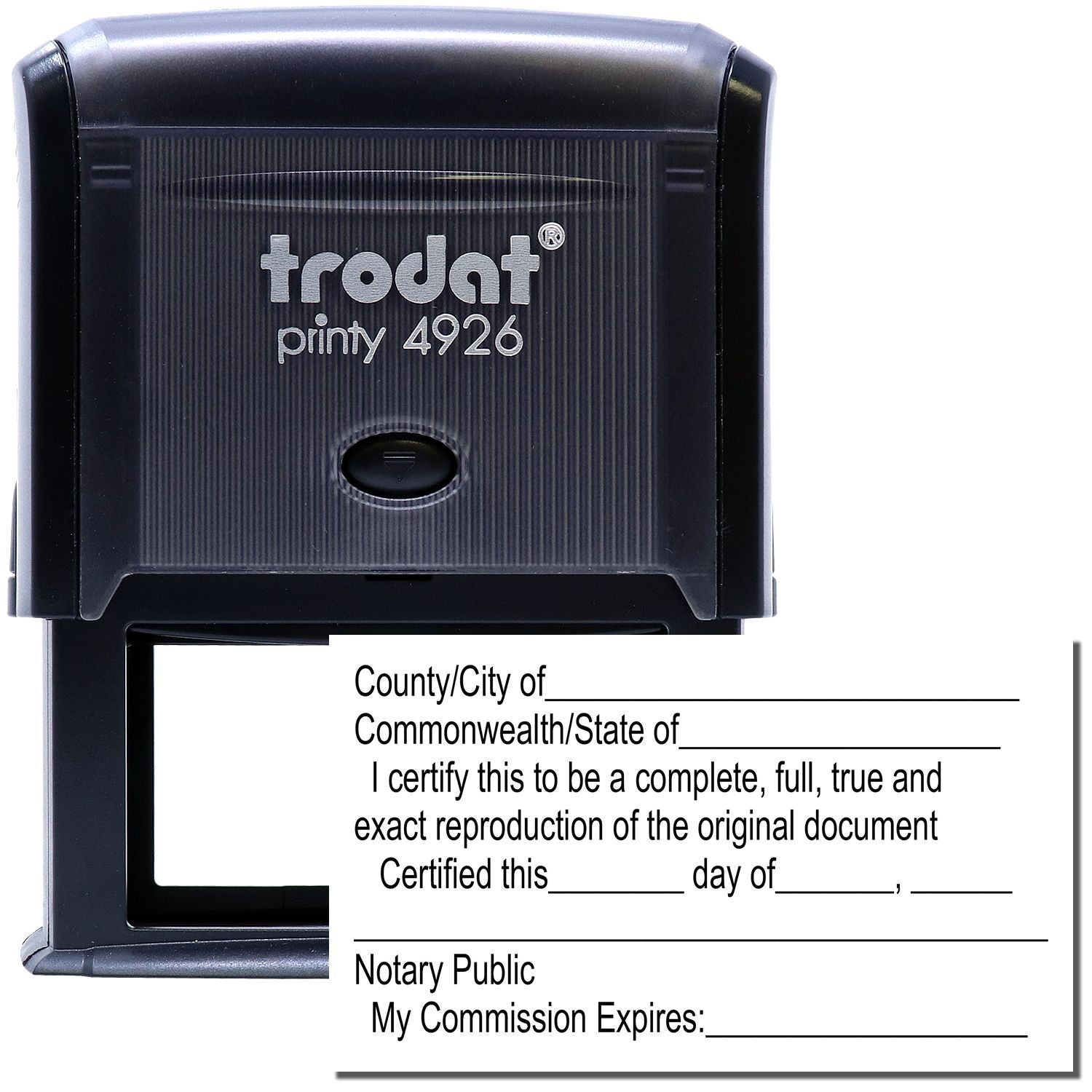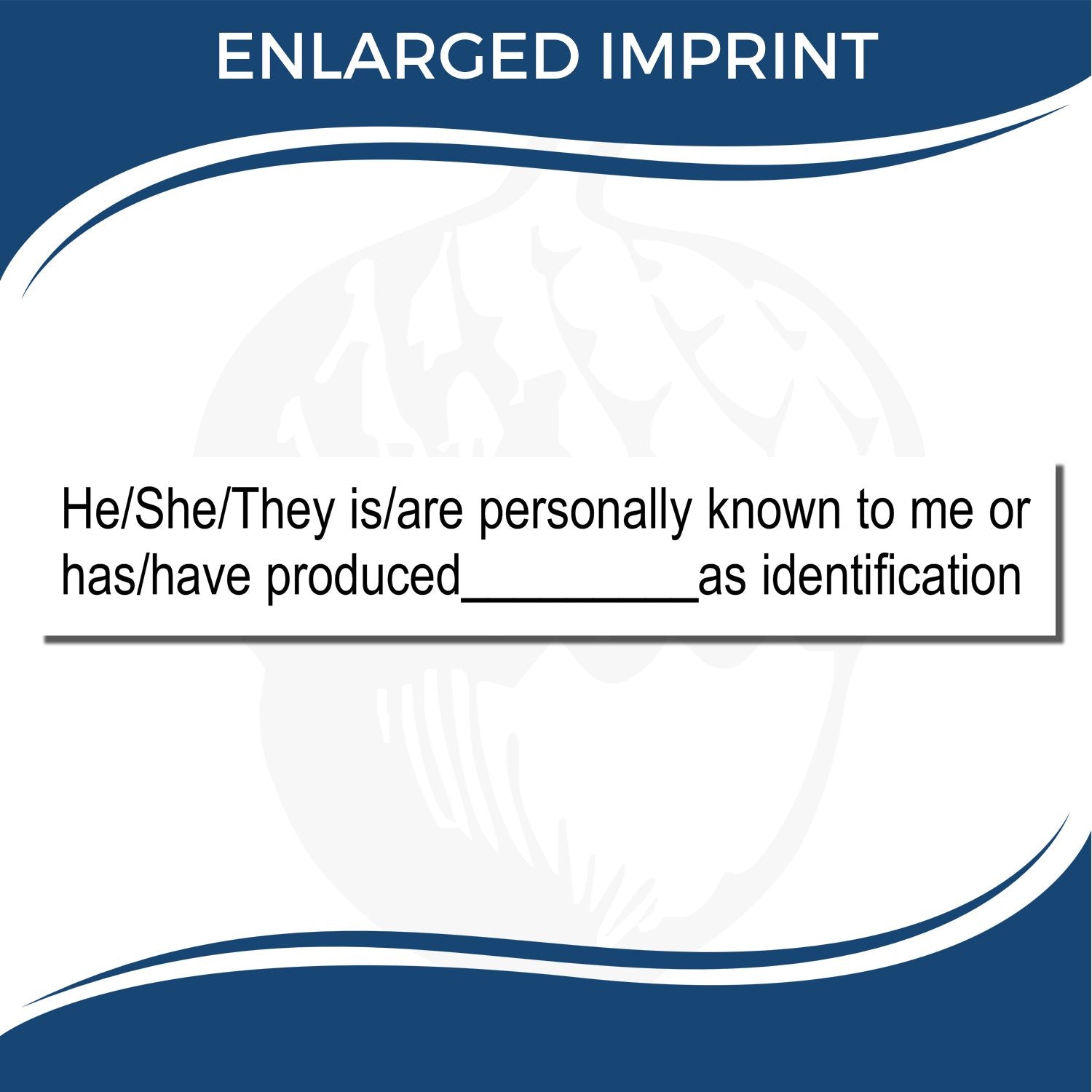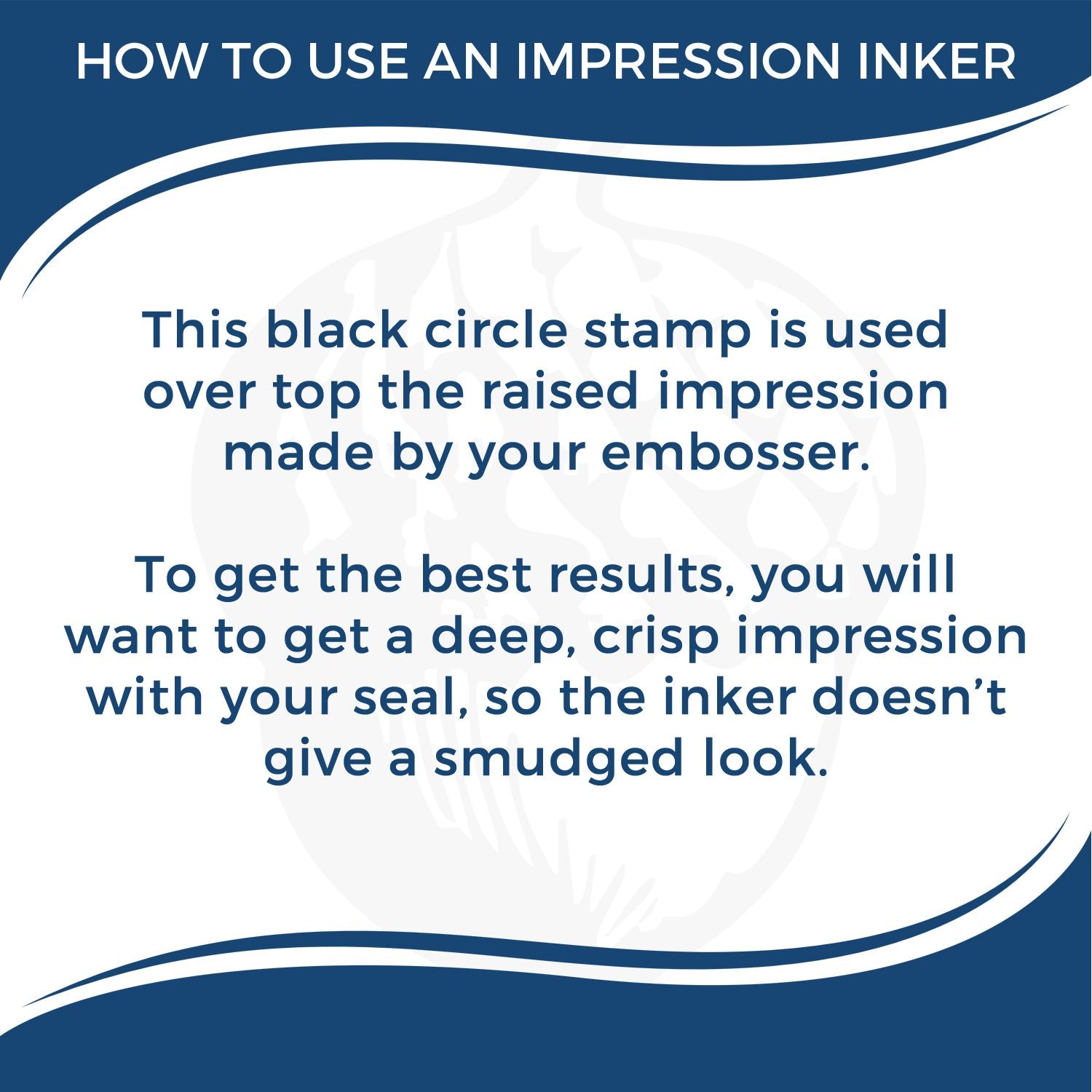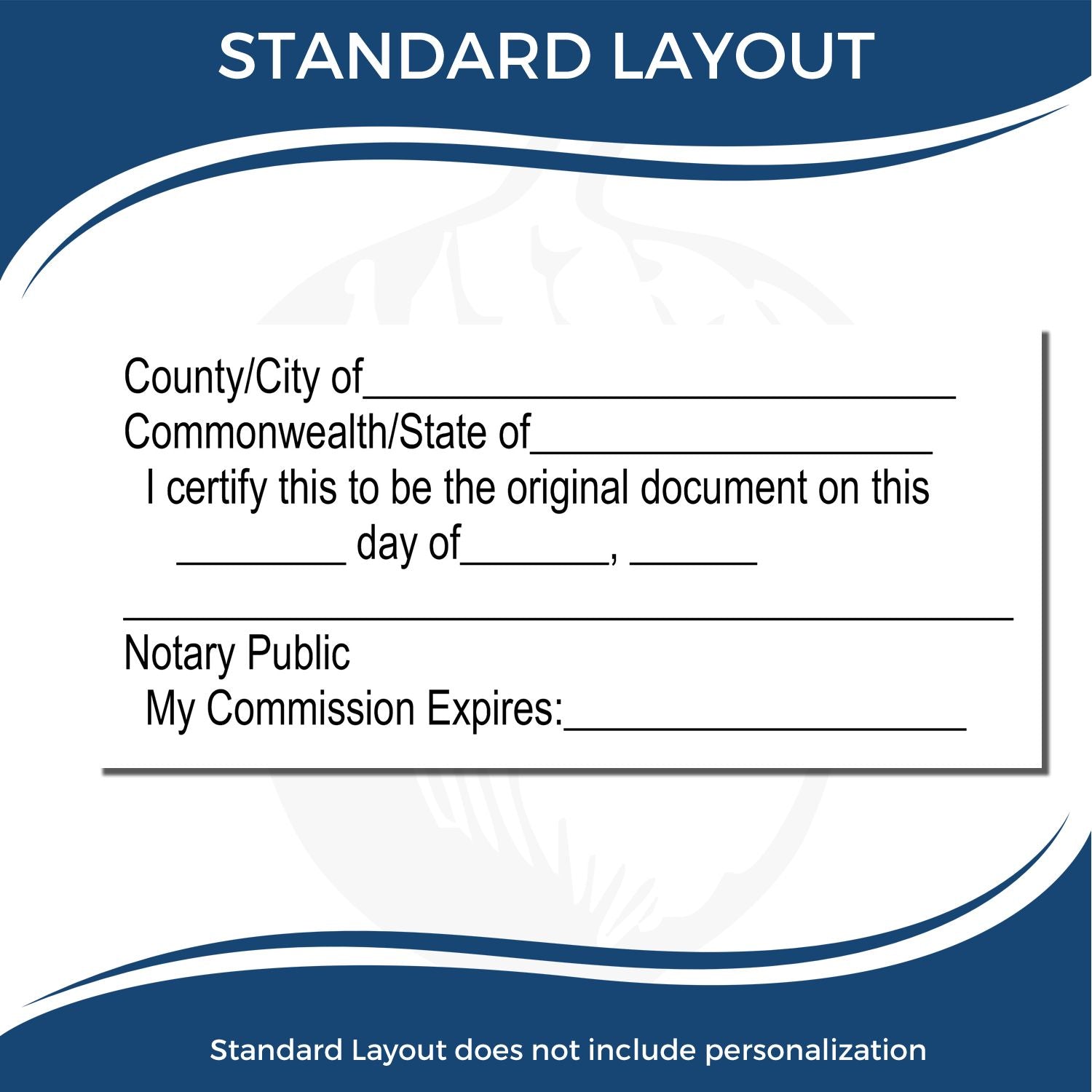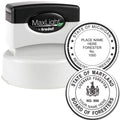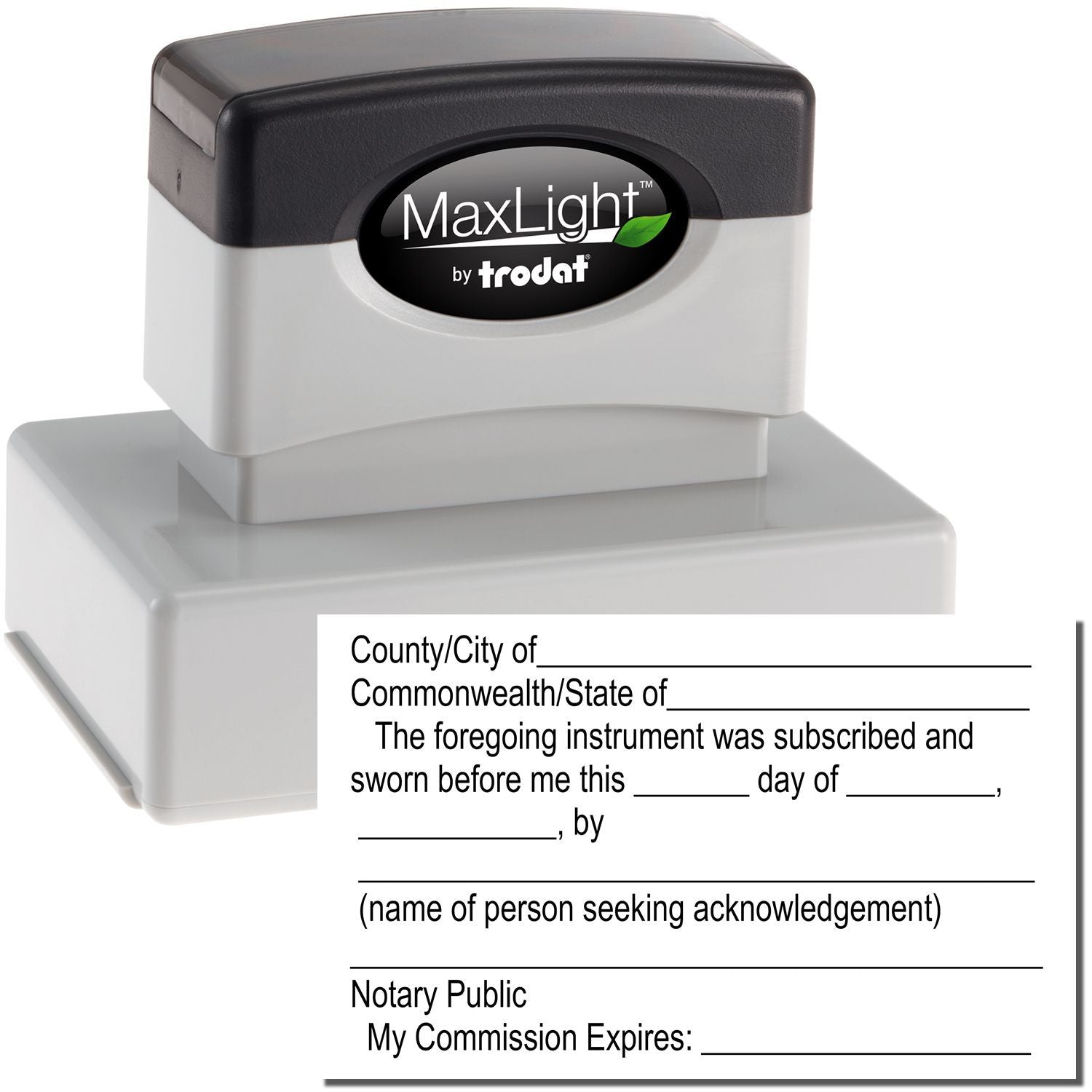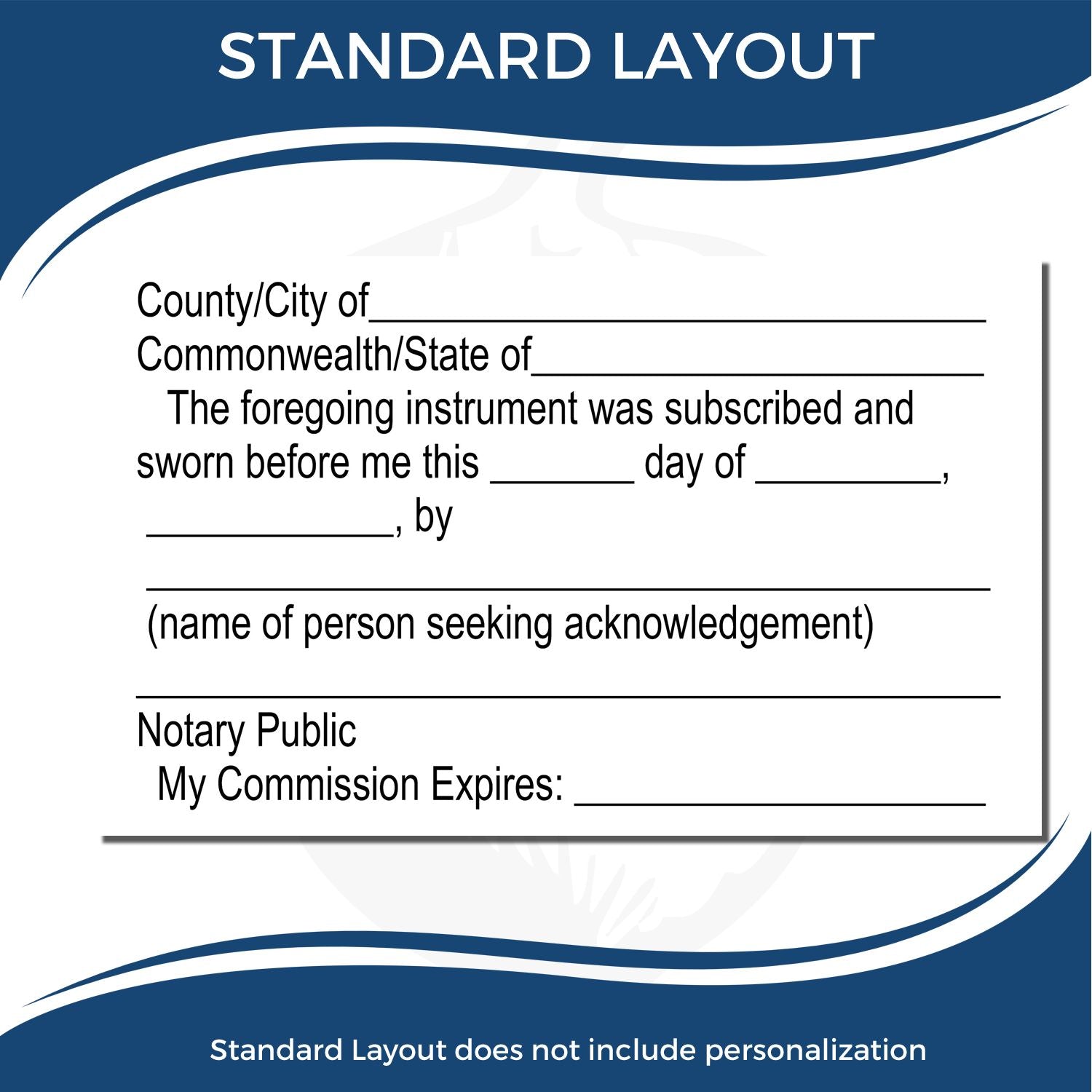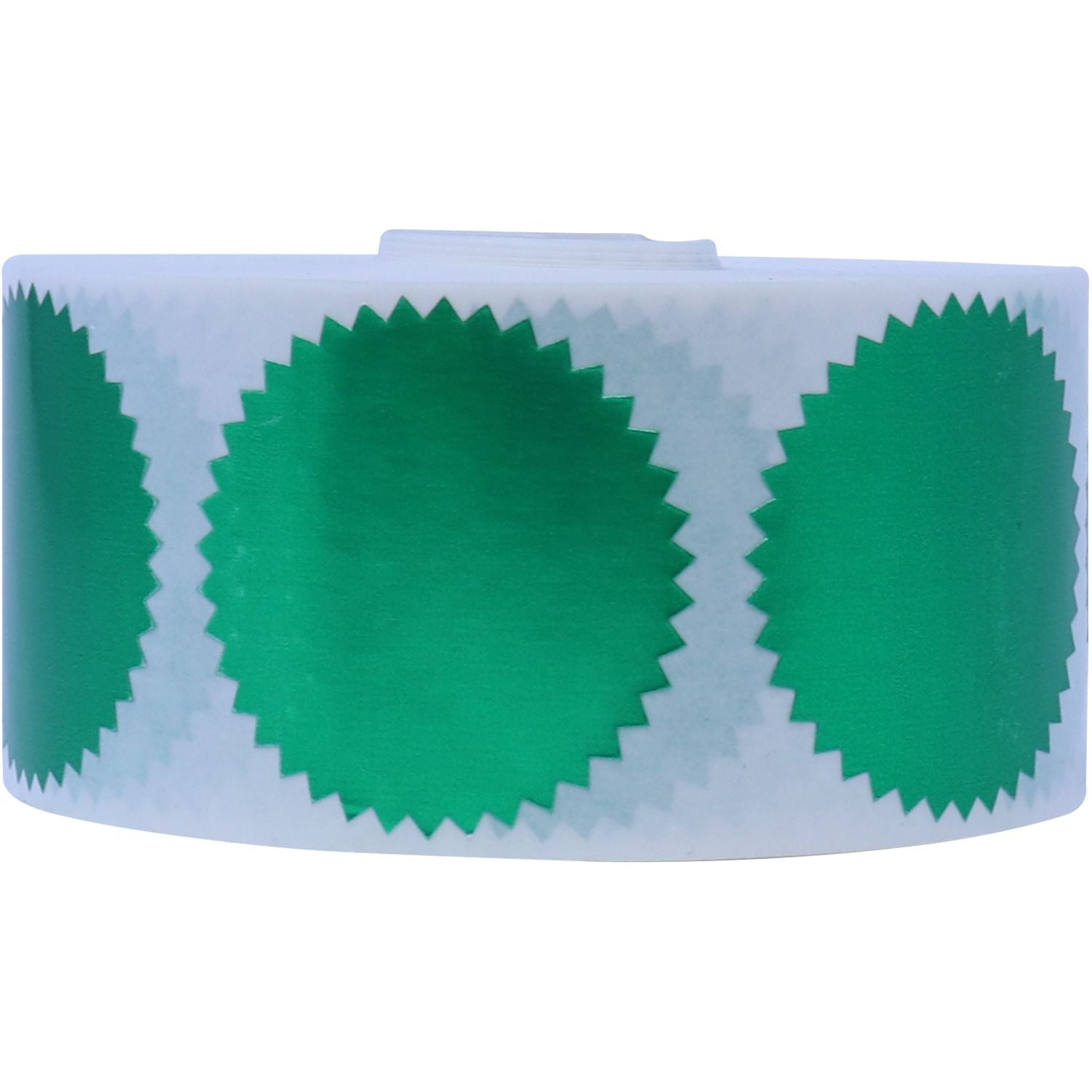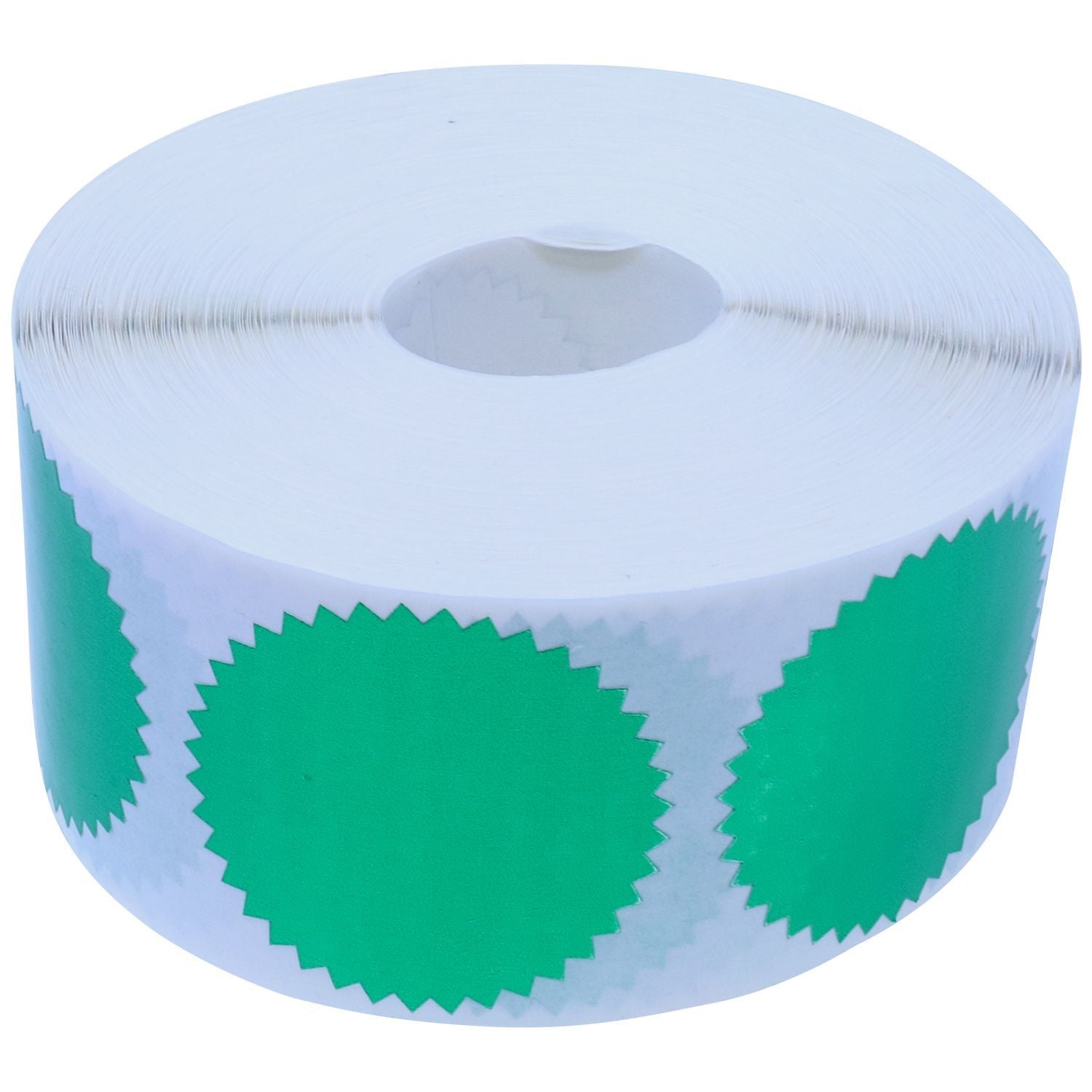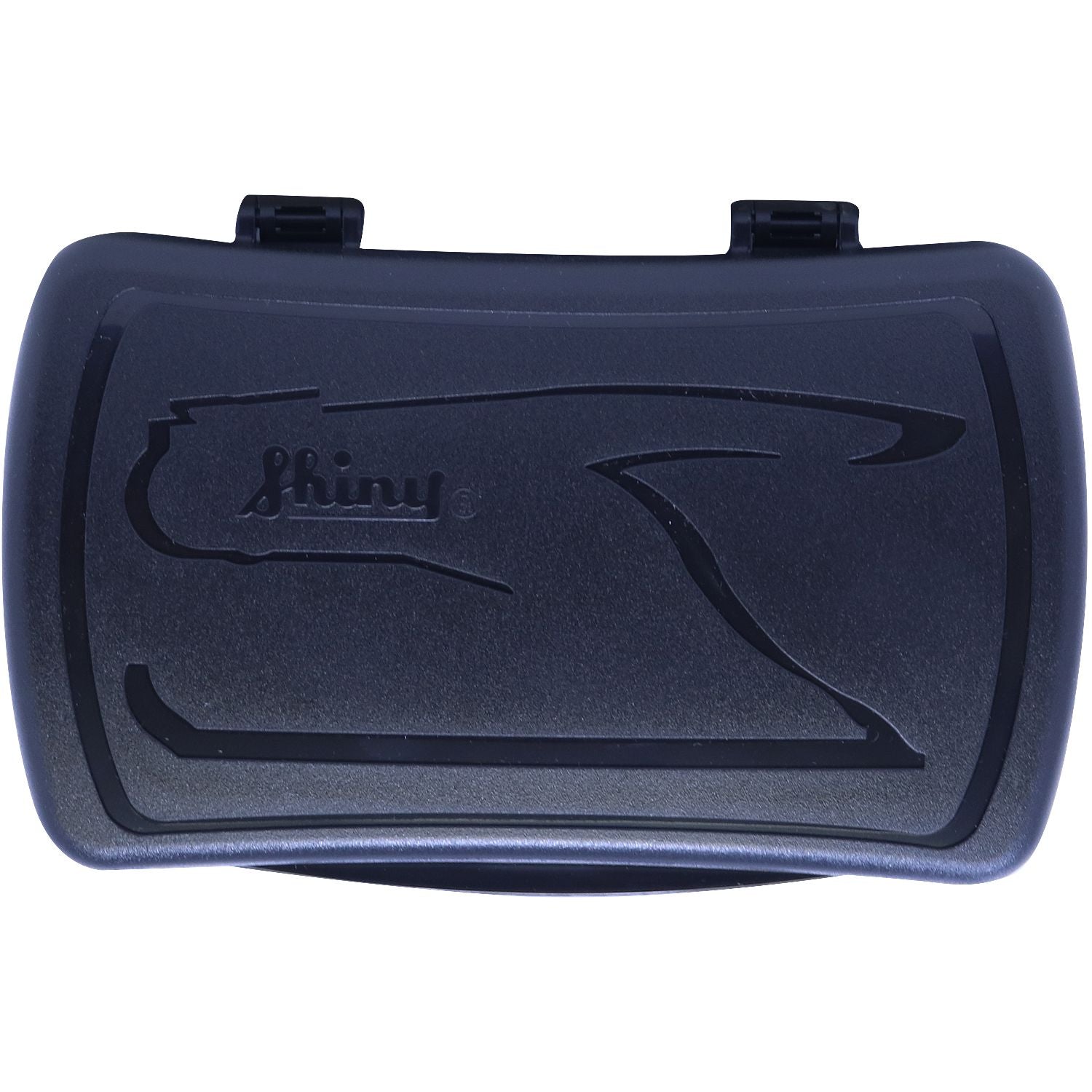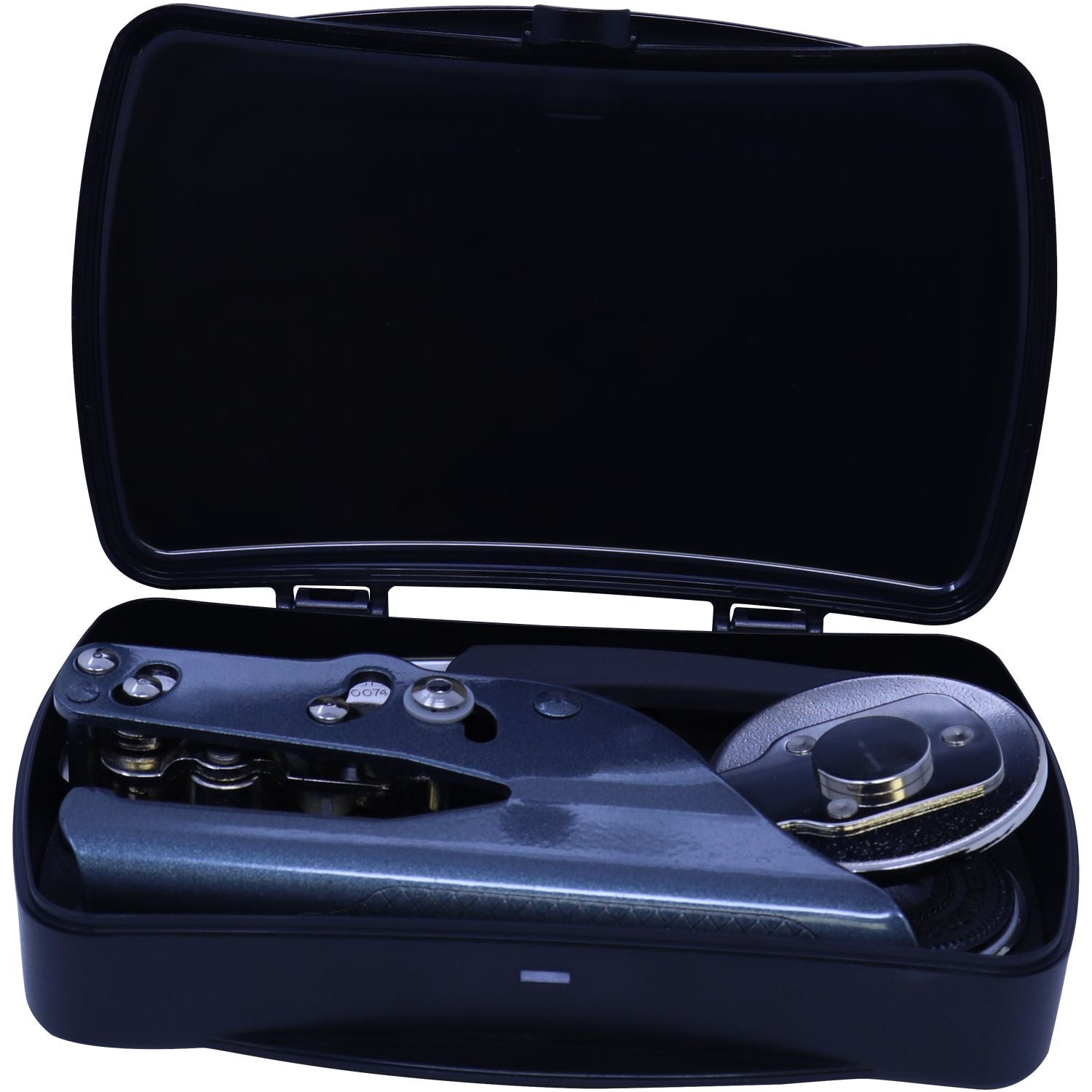Picture this: you’re determined to find a notary stamp that won’t break down after just a few months of use. This small tool might seem simple, but it’s a vital ally in your official duties. That’s why choosing an Arizona notary public stamp that stands the test of time is so important. In this guide, you’ll discover the main factors to consider—like design, durability, and supplier reliability—so that you can confidently select a stamp you’ll use day in and day out.
Here’s the thing: a great notary stamp doesn’t just fulfill a state requirement—it also saves you time, prevents embarrassing misprints, and ensures your documents remain legally valid. In the sections below, you’ll uncover practical tips to help you pick a reliable stamp, keep it functioning properly, and do your job with less hassle.
Understand Arizona Requirements
Before diving into specific stamp features, it’s wise to review Arizona’s notary regulations so you know exactly what your stamp must include. The Arizona Secretary of State has guidelines on what your seal should display (e.g., your name, your commission number, and possibly the words “Notary Public”). Missing any crucial element can lead to rejected documents—and that’s stress you don’t need.
- The Notary Name: Ensure that the name on your stamp matches the legal name on your notary commission.
- Commission Number: Some stamps include the commission number, which helps validate your authority.
- Expiration Date: Check whether your stamp needs to indicate your commission’s end date. While not always mandatory, it can be very convenient for quick reference.
Conforming to state specifications means you won’t waste money on a product you can’t legally use. If you’re unsure, it’s best to confirm the latest notary laws on the Arizona Secretary of State’s website or consult an expert. A quick read now can save you from having to reorder a stamp later.
Factor In Stamp Design
No two notary stamps are exactly alike—design styles can vary in shape, size, and impression type. You may see words like “self-inking,” “pre-inked,” and “traditional rubber stamp.” So, which design fits your workflow best?
Self-Inking vs. Pre-Inked vs. Traditional
Below is a quick comparison of popular stamp types and how they might suit your daily tasks:
| Stamp Type | Pros | Cons | Ideal For |
|---|---|---|---|
| Self-Inking | Quick impressions, no separate ink pad required | Ink can dry out after repeated use over the years | Moderate usage, on-the-go stamping |
| Pre-Inked | Crisp, sharp impressions, long-lasting ink | Often pricier than self-inking options | High-volume or frequent stamping |
| Traditional | Low initial cost, easy to re-ink | Requires a separate ink pad every time | Occasional stamping |
- Self-Inking: Convenient, but you’ll eventually need to replace its internal pad.
- Pre-Inked: Delivers the cleanest impressions, though it may cost more upfront.
- Traditional Rubber: Inexpensive and easy to refill, but having an extra ink pad is not as mobile-friendly.
Each design has its perks and potential downsides. If you are constantly traveling between clients, you may want the simplicity of a self-inking or pre-inked design. On the other hand, if you set up shop in one location and rarely travel, a standard rubber stamp might do just fine.
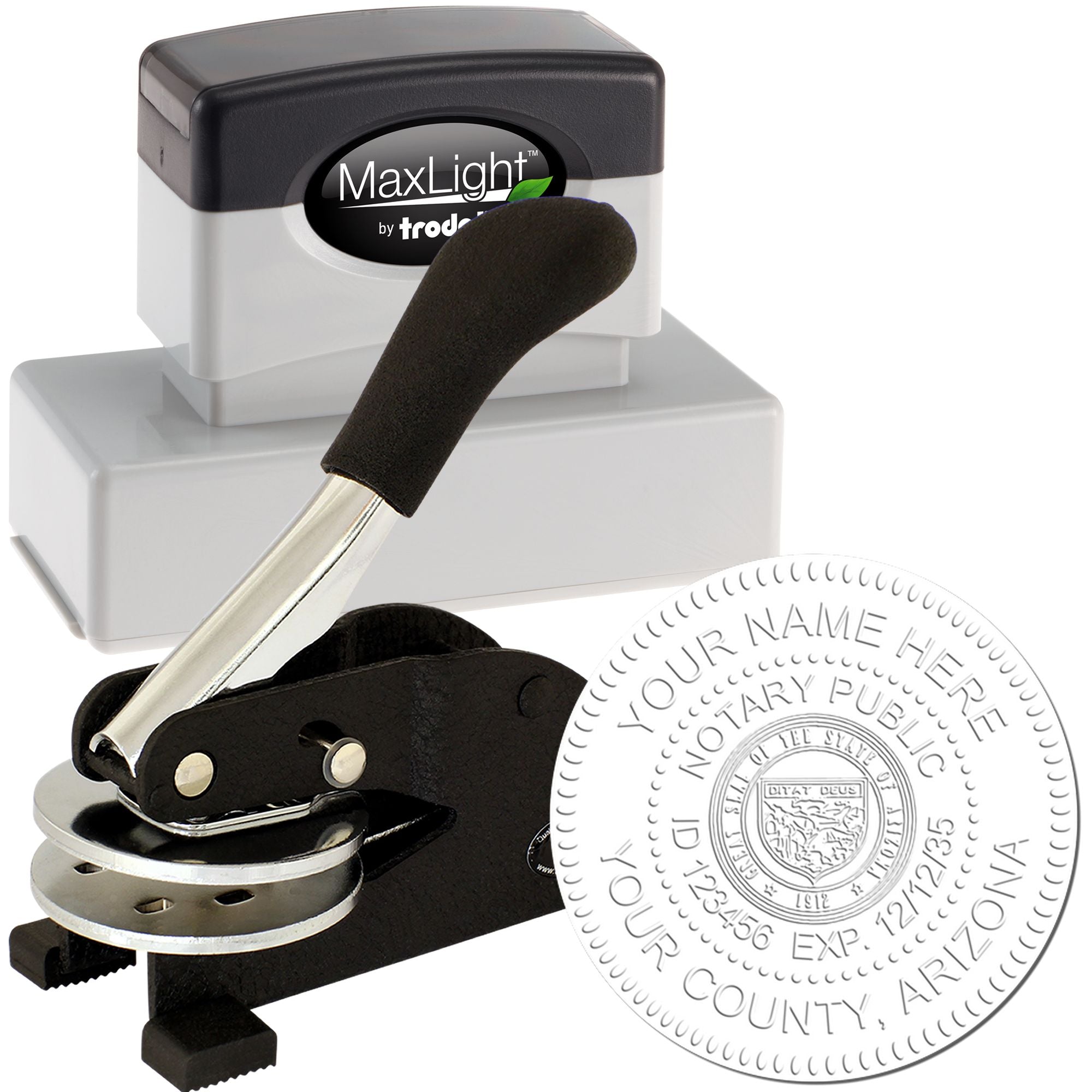
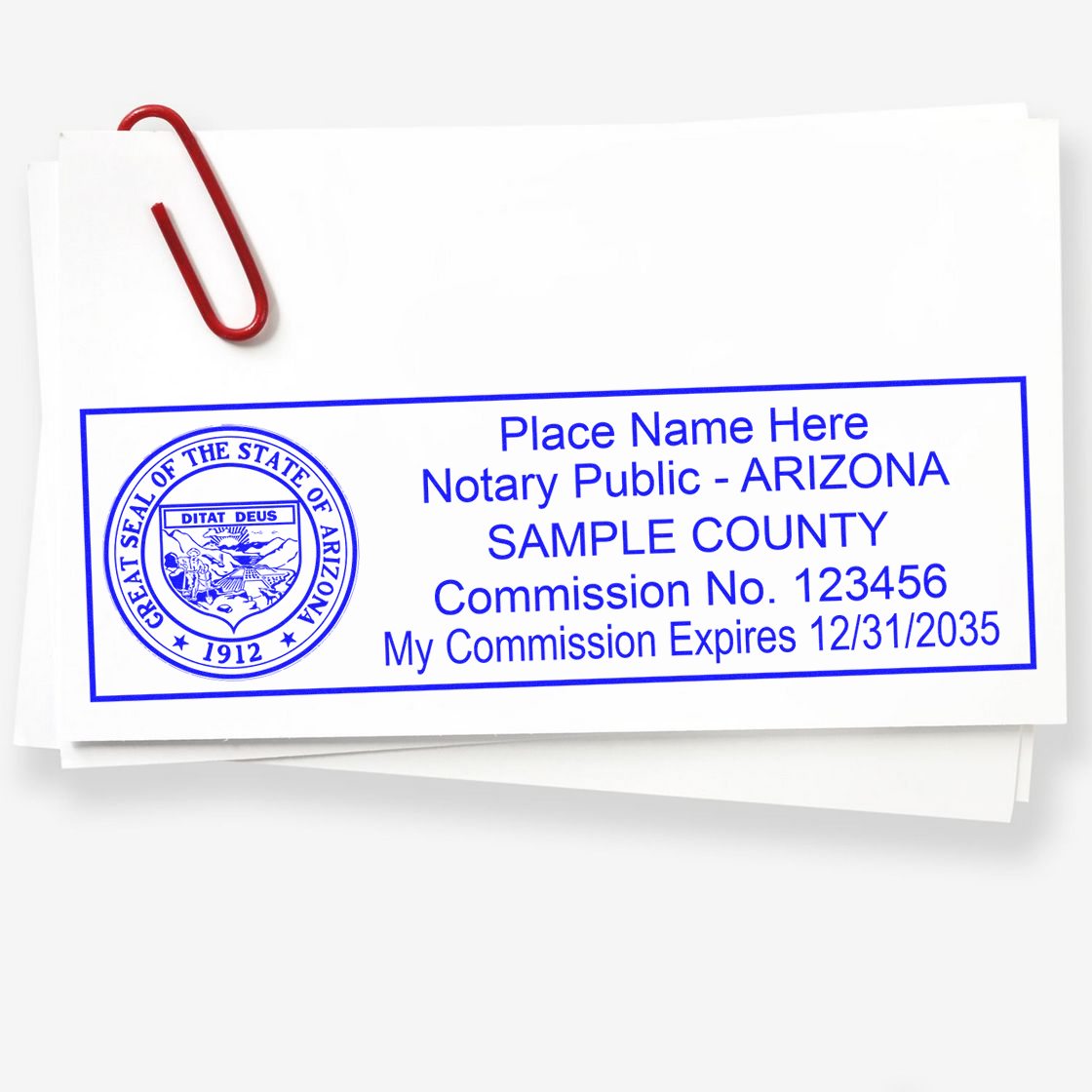
Look For Durable Materials
You want a stamp that feels sturdy and can withstand the daily bump and grind. Stamps made of cheap plastic can crack or wear down before your commission period ends. When it breaks at the worst moment—say, right before you notarize an important contract—you’ll wish you’d spent a bit more for higher-quality construction.
- Metal Components: Some self-inking or pre-inked stamps contain metal frames instead of plastic ones, which enhances durability.
- Reinforced Plastics: If you do pick a plastic stamp, look for thick and reinforced plastic bodies, designed to handle repeated presses.
- Comfortable Grip: The handle or grip should be ergonomic. This might sound trivial, but an easier grip cuts down on hand fatigue during busy days.
Spending a few extra dollars on materials can pay off in the long run. A poorly built stamp might need replacement after only half a year, forcing you to purchase a second one. In contrast, a high-quality product will last until your commission expires (and possibly beyond).
Consider Extra Features
A notary stamp is more than just an impression on paper—it’s an essential part of your toolkit. Some optional add-ons can streamline your work and keep you looking professional.
- Tamper-Proof Cases
- Some suppliers offer a protective case to prevent accidental ink spills. It also keeps dust off, extending the life of your stamp.
- Built-In Ink Indicators
- A small window or gauge on certain self-inking stamps lets you see when ink levels are low. You’ll appreciate the heads-up if you’re stamping multiple documents in one sitting.
- Custom Text or Logos
- While this might not be required, you can sometimes add your business logo or a unique design. Just be sure not to clutter the legal details required for Arizona notary public work.
- Free Electronic Stamp
- At Engineer Seal Stamps, for instance, you can get a free electronic stamp version with your purchase. This digital counterpart can be helpful if you ever need to add a notary imprint electronically on certain permissible documents or presentations.
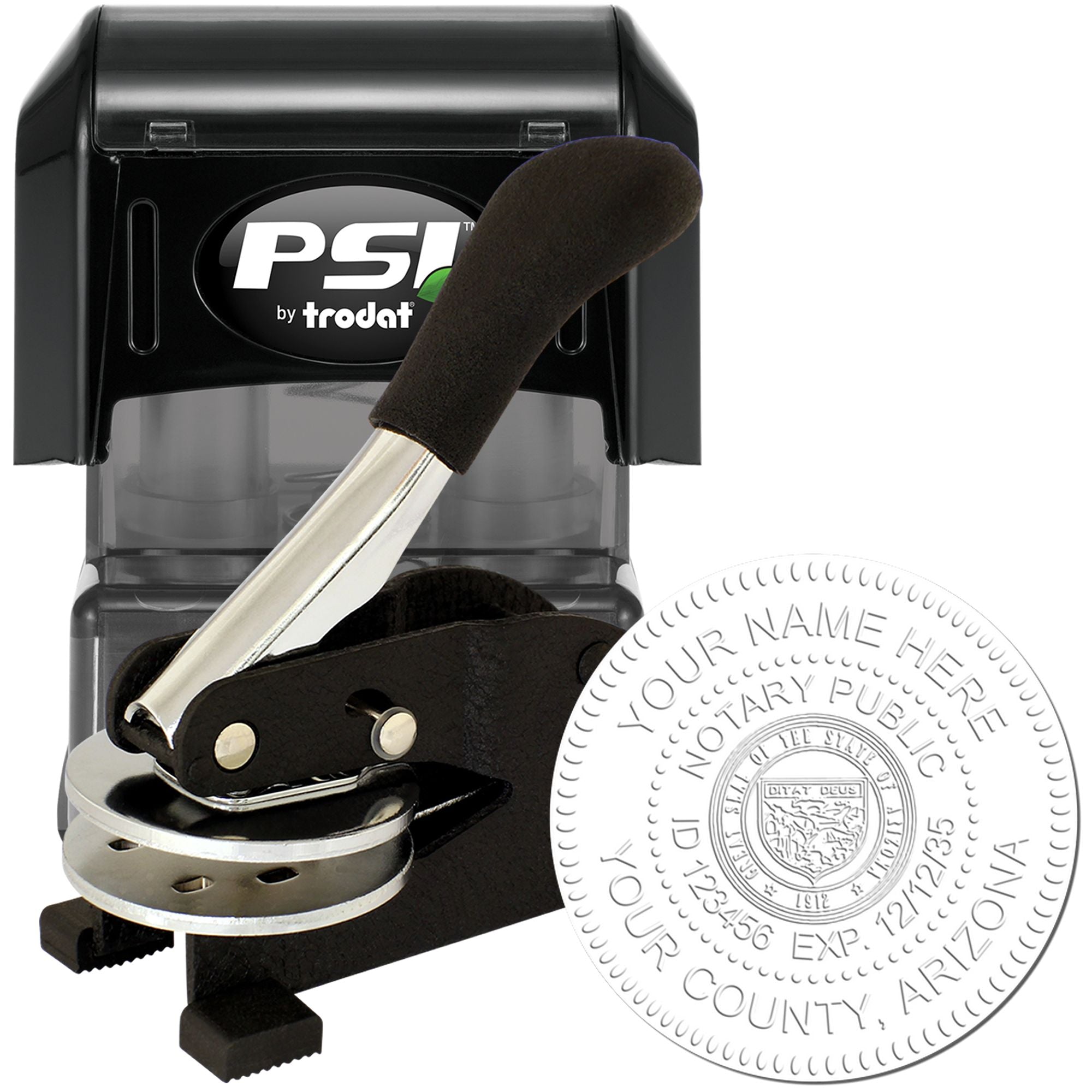

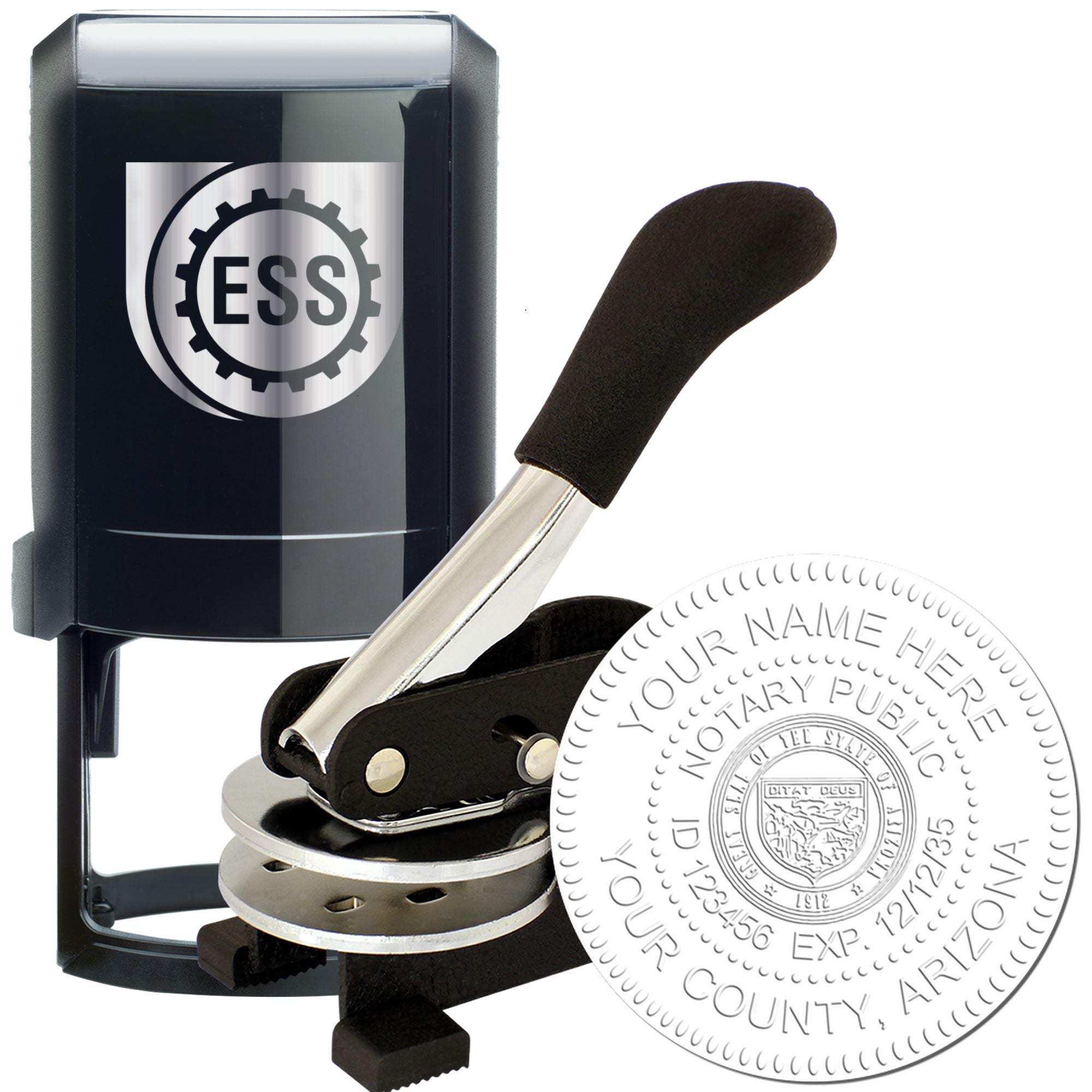
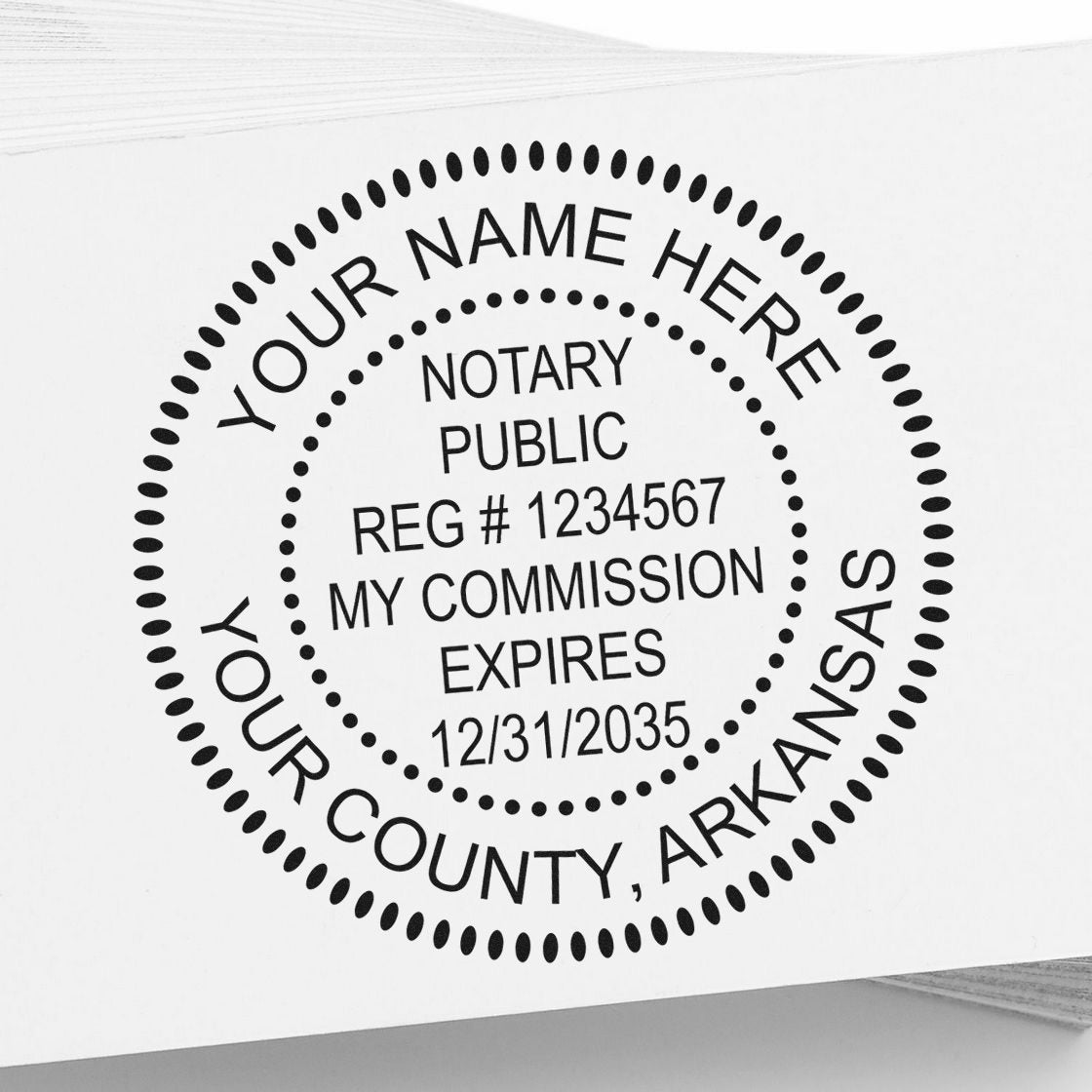
These extra perks can make your life easier. Think about your stamping routine. Do you notarize documents daily, carry notary supplies everywhere, or need to brand your materials? Tailor your choices accordingly.
Check Supplier Reliability
Choosing the stamp itself is half the battle. The other half is picking a supplier you can trust for fast shipping, solid customer service, and genuine knowledge of notary regulations. You don’t want to wait weeks for your seal to arrive, only to discover it doesn’t meet Arizona’s requirements.
Here’s where the brand’s reputation, experience, and quality assurance come into play:
Over 60 Years of Experience
A company like Engineer Seal Stamps has been around for decades, serving notaries just like you. Businesses with a long track record often have the processes in place to help you avoid typical pitfalls—like incorrect designs or poor-quality materials.
Quick Service
If you’re in a time crunch, prompt processing is essential. Look for suppliers that clearly state their turnaround times. Overnight shipping or rush orders can be a lifesaver if your commission starts soon.
Trusted Supplier For Arizona Notary Supplies
Always confirm that the supplier specifically caters to Arizona notary rules. For instance, arizona notary supplies pages often highlight which stamps and seals meet legal requirements. Double-check that your supplier truly understands local laws.
Easy Returns or Exchanges
Mistakes can happen, especially if you filled out your order information incorrectly. A hassle-free return policy is a sign that the supplier stands behind its products.
When you find a trustworthy retailer, you not only get the physical stamp but also peace of mind. You’re less likely to waste money on faulty ink impressions or wait weeks for a replacement. Above all, a reputable supplier will be transparent about all fees, shipping times, and customization options.
Maintain Your Notary Stamp
No matter how well-made your stamp is, it needs a bit of TLC to maintain crisp impressions day after day. Regular maintenance minimizes the likelihood of ink leaks, smudgy prints, or worn-out plates.
- Store It Properly: Keep your stamp in a cool, dry place. Leaving it in direct sunlight, like on your car dashboard, can cause the ink to dry out prematurely.
- Clean the Surface: Every so often, wipe away any dust or ink buildup on the impression surface with a slightly damp cloth. Let it dry before stamping again.
- Refill or Replace Ink: If you find your stamp running dry, follow the manufacturer’s instructions to refill or switch out ink pads. Avoid overfilling, as it could lead to messy leaks and unclear impressions.
- Inspect for Wear: Periodically check that all the required information on the stamp face is still legible. Any distortion in your notary name or commission number could invalidate the seal.
- Keep A Back-Up Handy: Especially if you do high-volume work, having an extra stamp around prevents any downtime if the main one fails unexpectedly.
Think of your stamp like a small but mighty tool. A few preventive steps can keep it in top shape, just like you’d maintain your car with regular oil changes. By caring for it consistently, you’ll get years of smooth performance.
Frequently Asked Questions
split featured_products_3 splitBelow you’ll find answers to some of the most common questions about selecting and caring for an Arizona notary stamp. If you’re in doubt about anything, always consult your state’s guidelines or a trusted supplier.
How Do I Make Sure My Stamp Meets State Requirements?
Double-check the Arizona Secretary of State website for the latest notary seal rules. Make sure your stamp includes your name, your commission number, and other required elements. When ordering online, fill out your information exactly as it appears on your commission certificate.What If I Need My Stamp In A Hurry?
Look for a supplier with Quick Service or rush shipping options. For instance, Engineer Seal Stamps can often expedite your order so it arrives when you need it. Just be sure to submit accurate info, so you don’t cause any delays due to reprints.Can I Use A Custom Logo On My Stamp?
You can sometimes add a simple logo or custom text, but be mindful of space. If adding extra elements makes it difficult to read the legally required details, it’s safer to opt for a cleaner design. The priority is legibility and compliance, so consult your supplier first.Why Does My Stamp Impression Look Faint?
A faint print often signals low ink or a buildup of residue on the stamping surface. Try cleaning the impression area gently, then re-inking if necessary. If the issue persists, inspect the stamping plate for cracks or worn text.
Final Thoughts
Choosing an Arizona notary public stamp that lasts may feel daunting at first, but you’ve now got a blueprint to guide you. Begin by making sure you follow Arizona’s requirements. Pay close attention to stamp design, material quality, and whether any additional features—like built-in ink indicators—might save you time. Then, pick a supplier with a proven track record, such as Engineer Seal Stamps, where you can also enjoy benefits like a free electronic stamp with purchase.
Once your stamp arrives, take a few moments to test it on scrap paper. If the impression is sharp and all the text is readable, you’re good to go. If something isn’t right, don’t hesitate to reach out to your supplier’s customer service. Above all, remember that proper maintenance can make your notary stamp last for years. With the right product and a little upkeep, you’ll be set to confidently notarize every document that comes your way.







